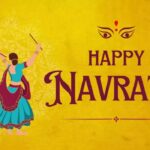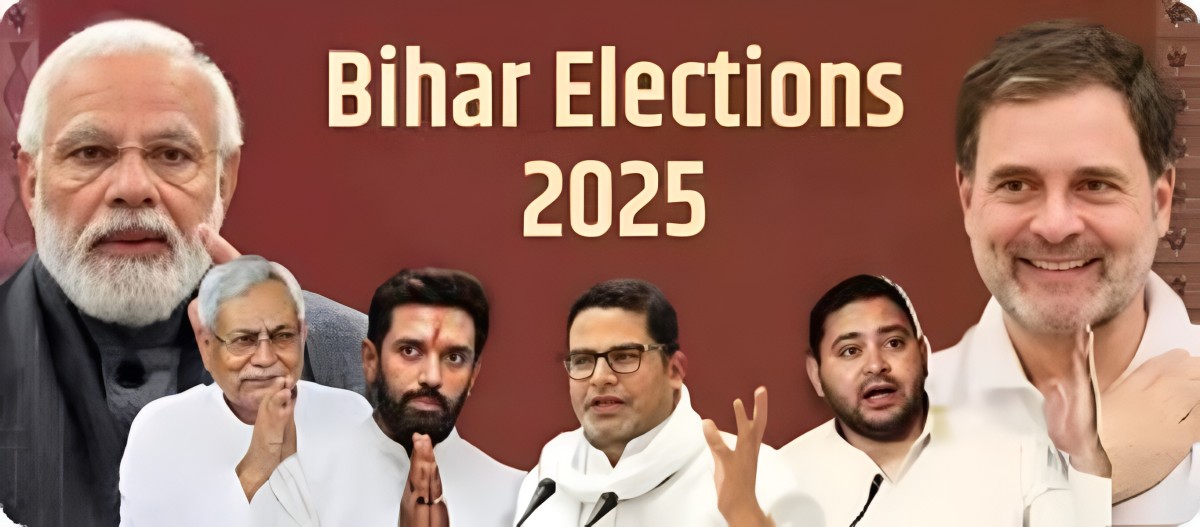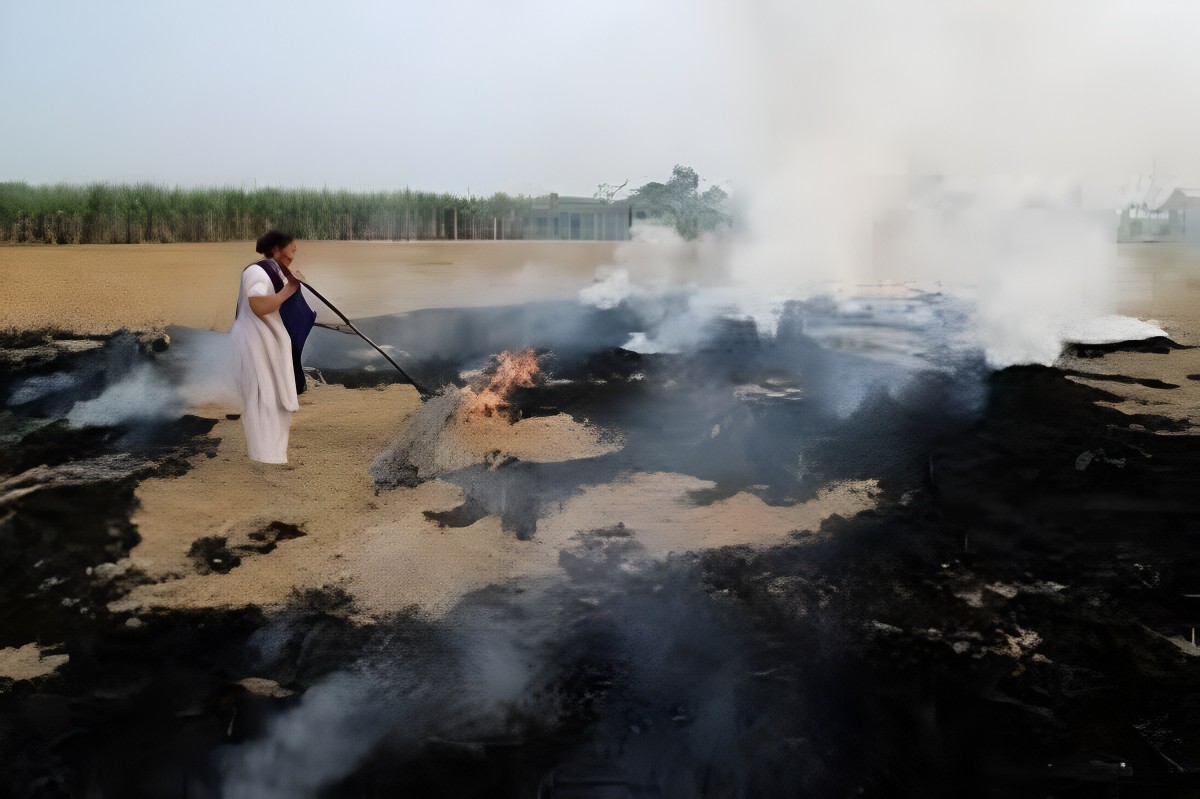Makar Sankranti, one of the most significant festivals in India, is celebrated annually on January 14 (except in leap years). This festival marks the sun’s transition from Sagittarius (Dhanu) to Capricorn (Makara), making it a deeply spiritual occasion dedicated to Surya, the Sun God. As one of India’s major harvest festivals, Makar Sankranti is a time for family gatherings, spiritual practices, and cultural celebrations across the country.
Also Read: Oscars 2025: 5 Indian Films That Made It to the Contenders’ List
Significance of Makar Sankranti
Makar Sankranti is highly significant in Hindu tradition. It is dedicated to the Sun God, Surya, whose importance can be traced back to ancient Vedic texts, particularly the Gayatri Mantra, a sacred hymn from the Rigveda. The festival also has a deep connection with Lord Vishnu’s final avatar, Kalki, signaling the end of an era and the beginning of a new one.
The transition of the sun into Capricorn marks the end of the winter solstice and the onset of a new solar cycle. This transition is symbolic of the arrival of longer days and the end of the period known as ‘Kharmas,’ a time considered less auspicious in the Hindu calendar. As a result, Makar Sankranti marks an auspicious period for new beginnings.
Also Read: मकर संक्रांति का क्या है पौराणिक महत्व?
Rituals and Spiritual Practices
Makar Sankranti is considered a day for spiritual renewal. Devotees take a holy dip in sacred rivers like the Ganga, Yamuna, Krishna, Kaveri, and Godavari, believing that the act purifies the soul, washes away past sins, and brings merit. Pilgrims gather in large numbers at various river banks, most notably at the confluence of the Ganga, Yamuna, and Saraswati at Prayagraj (formerly Allahabad), where the famous Kumbh Mela is held. The festival is considered highly significant for seeking blessings and offering gratitude to the Sun God for prosperity, health, and success.
Also Read: तमिलनाडु: विल्लुपुरम से पुडुचेरी जा रही पैसेंजर ट्रेन के पांच डिब्बे बेपटरी
Traditional Sweets and Social Customs
A key aspect of Makar Sankranti is the preparation and sharing of traditional sweets made from sesame (til) and jaggery (gur). These sweets are symbolic of unity and togetherness, as they encourage people to come together in peace and joy. The combination of sesame and jaggery is believed to be a source of warmth and energy, perfect for the winter season. These sweets are exchanged among family, friends, and neighbors, reinforcing the sense of community during the festival.
Regional Variations of Makar Sankranti
Makar Sankranti is celebrated in various ways across India, with each region having its own unique customs and traditions. In Gujarat, the festival is marked by flying colorful kites, creating a spectacle in the skies. In the southern states of Andhra Pradesh, Telangana, and Karnataka, Sankranti is a grand celebration with bonfires, feasts, and cultural programs. Tamil Nadu, the festival is known as Pongal and is celebrated with grandeur, offering thanks to the Sun for a bountiful harvest. In Punjab, Makar Sankranti is celebrated as Maghi, with large bonfires and community gatherings.
One of the most significant events associated with Makar Sankranti is the Gangasagar Mela in West Bengal. Devotees flock to the Gangasagar to take a holy dip in the confluence of the Ganges and the Bay of Bengal, offering prayers for prosperity and spiritual growth.
Mahakumbh Mela
Every 12 years, Makar Sankranti coincides with the Mahakumbh Mela, a grand gathering of millions of devotees, making it one of the largest mass pilgrimages in the world. This event is held at the holy city of Prayagraj and attracts an estimated 60 to 100 million people, underscoring the spiritual and cultural significance of the day.
Also Read: Understanding Rabbit Fever: A Growing Health Concern
Makar Sankranti is not just a harvest festival but a celebration of life, spirituality, and community. It marks a period of renewal and prosperity, with rituals designed to purify the soul, celebrate the sun’s powerful energy, and honor the change of seasons. As it is observed across India in various forms, Makar Sankranti brings people together in joyous celebration, reinforcing the cultural fabric of the nation.
Also Read: Pravasi Bharatiya Diwas 2025: Celebrating the Indian Diaspora’s Contribution










